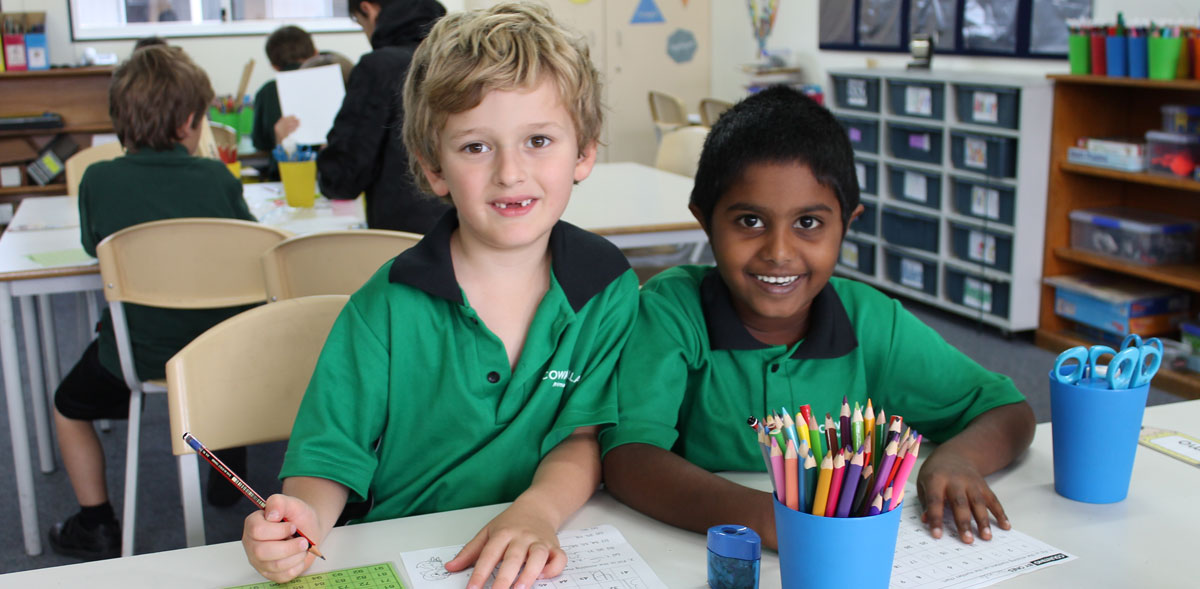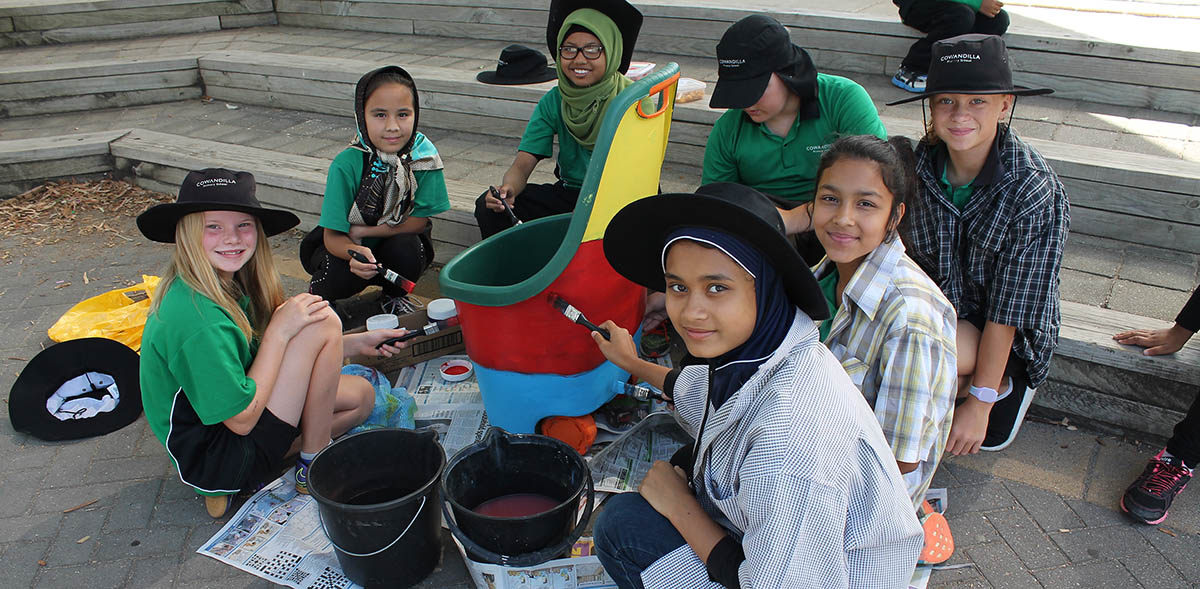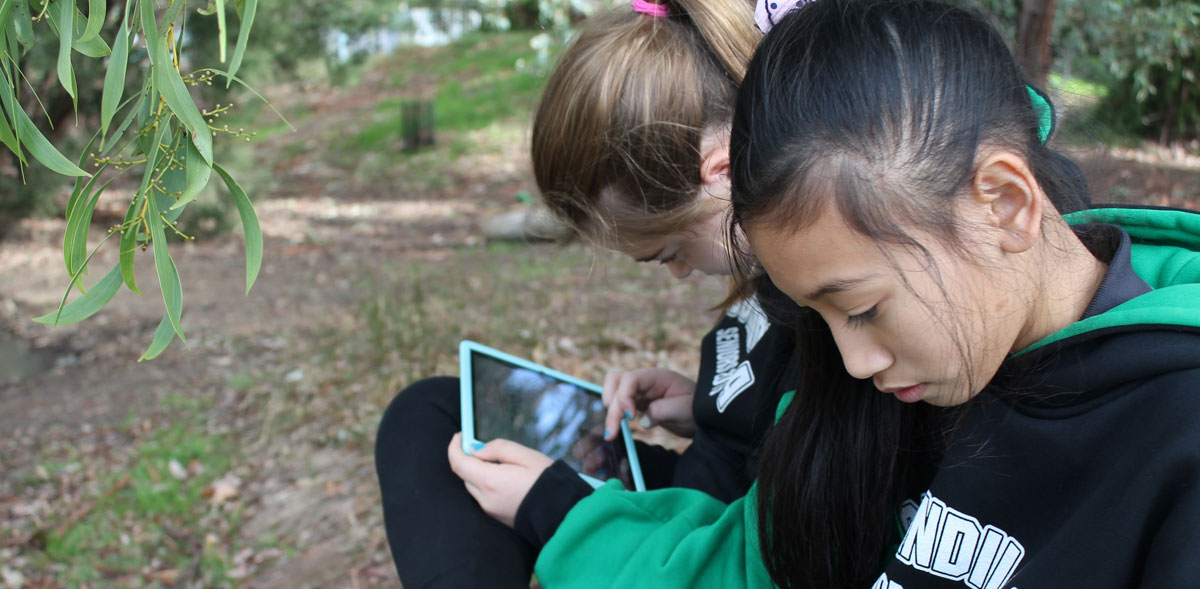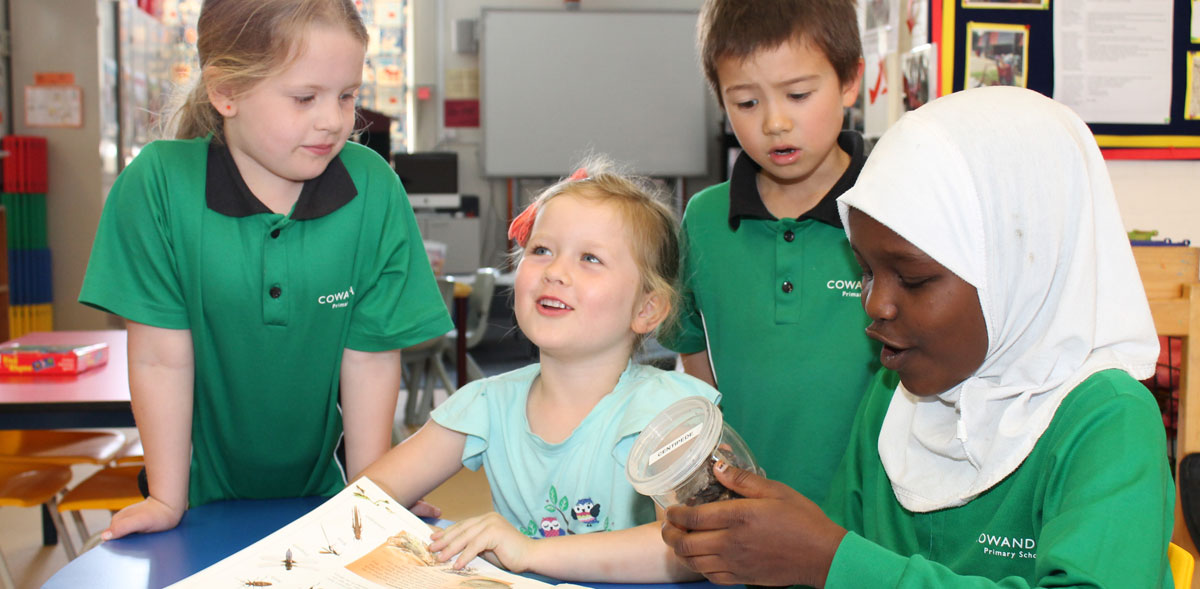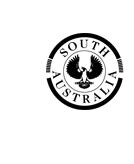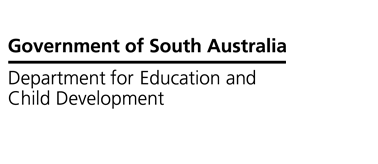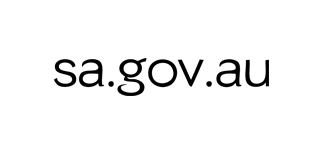Literacy involves students listening to, reading, viewing, speaking, writing and creating texts.Systematic and sequential teaching of phonics, phonemic awareness, handwriting, spelling, writing and reading skills occurs across the school.
We scaffold or support students’ learning by providing them with timely and required levels of assistance to allow them to build skills to construct their own learning with adjustments made for particular learning needs.We give students the opportunity to work with language in a range of contexts and for different purposes.
Students learn to appreciate, enjoy and use the English language in all its variations, while also celebrating and acknowledging the richness of home languages. They develop an understanding of the power of language and how Standard Australian English works.
At Cowandilla Primary School and Children’s Centre, we believe that the way that students think about themselves as learners greatly impacts on their learning outcomes. We have been focusing on strengthening students’ dispositions (the way they think of themselves as learners) towards learning Mathematics. We want all students to feel successful and like a “Powerful Mathematician”. We do this through the teaching of the history of Mathematics, teaching the language Mathematicians use, as well as giving students explicit strategies for counting, problem solving, number and calculating. A Maths Curriculum Coach works with staff to improve our teaching practice to ensure that the learning opportunities we offer are rigorous and support a positive disposition towards mathematics.
Parents/Caregivers play a vital role in supporting a positive disposition to mathematics learning. An online “Parent Information Series” has been developed which focuses on informing parents/caregivers of the way we teach Mathematics here at Cowandilla PS and Children’s Centre. This online series goes through some of the concepts and language teachers use within the classroom, as well as including “parent tips” that are useful when supporting children to develop their mathematical thinking.
Students Wellbeing is of fundamental importance to our learning program. We help students learn about their emotions and make positive behaviour choices to be able to best access the curriculum.
We use Mindset, Restorative Practices and Zones of Regulation when supporting students to understand their emotions and their behaviour choices. The basis of this process is to allow children the opportunity to identify how they are feeling and take responsibility for their actions and behaviour choices and to reduce the hurt and harm they may have caused. Conversations are based upon the following:
- Identifying what zone, they are in
- What happened?
- How they were thinking or feeling?
- Who was affected and how might they be feeling?
- What better choice can they make in the future?
Mindset and Restorative Practice underpin our school values of Respect and Responsibility. Zones of Regulation is a program created to teach children self-regulation and build awareness of emotional self-control. The program uses four colours to help children self-identify how they are feeling and categorise it based on the colours. The Zones of Regulation supports children to better understand and identify their emotions while developing strategies to manage their emotions based on which colour zone, they are in.
Our Student Wellbeing Leader supports children with emotional wellbeing and behaviour choices. They work with students and families in creating and implementing supportive interventions. They are available to meet with parents and caregivers to discuss any concerns and are able to support a pathway for referral to support agencies in the wider community.
For more information, you can view our Behaviour Support Policy, and Student Information for Bullying, Harassment and Violence documents.
Learning with Digital Technologies is an important aspect of our curriculum. Students are taught skills to use technology in their learning across a range of subject areas. Our learning programs include specific teaching of skills, and discussion of strategies to empower students to become confident, responsible users of technology. We place a strong emphasis on teaching students about online safety.
The Australian Curriculum: Digital Technologies is the framework used to teach students about digital systems, online safety, data, and digital solutions (including basic programming concepts).
We have a 1:1 iPad program across our Year 3/4 – 5/6 mainstream classes. Each student in these classes has a school owned device, for use at school. Our Early Years and IELC classes have shared iPads.
All classes have large screen interactive panels, which enable the whole class to view the computer screen. We also have 14 Mac computers in our Resource Centre, which are used for class lessons. The Resource Centre computers and iPads are also available for student use, on a roster system, during second break.
We use a variety of apps and online resources, and have a high-speed fibre-optic internet connection to support this. The school has a highly skilled technical support team, including a Network Manager, IT Support Officer and Learning Resources Manager/ Digital Technologies Coordinator.
Our hall is well equipped as a multimedia facility with a large retractable screen connected to the computer network; Blu-ray & CD players; microphones; lighting and a (non-permanent) stage for performances. These facilities are used by students across all year levels.

